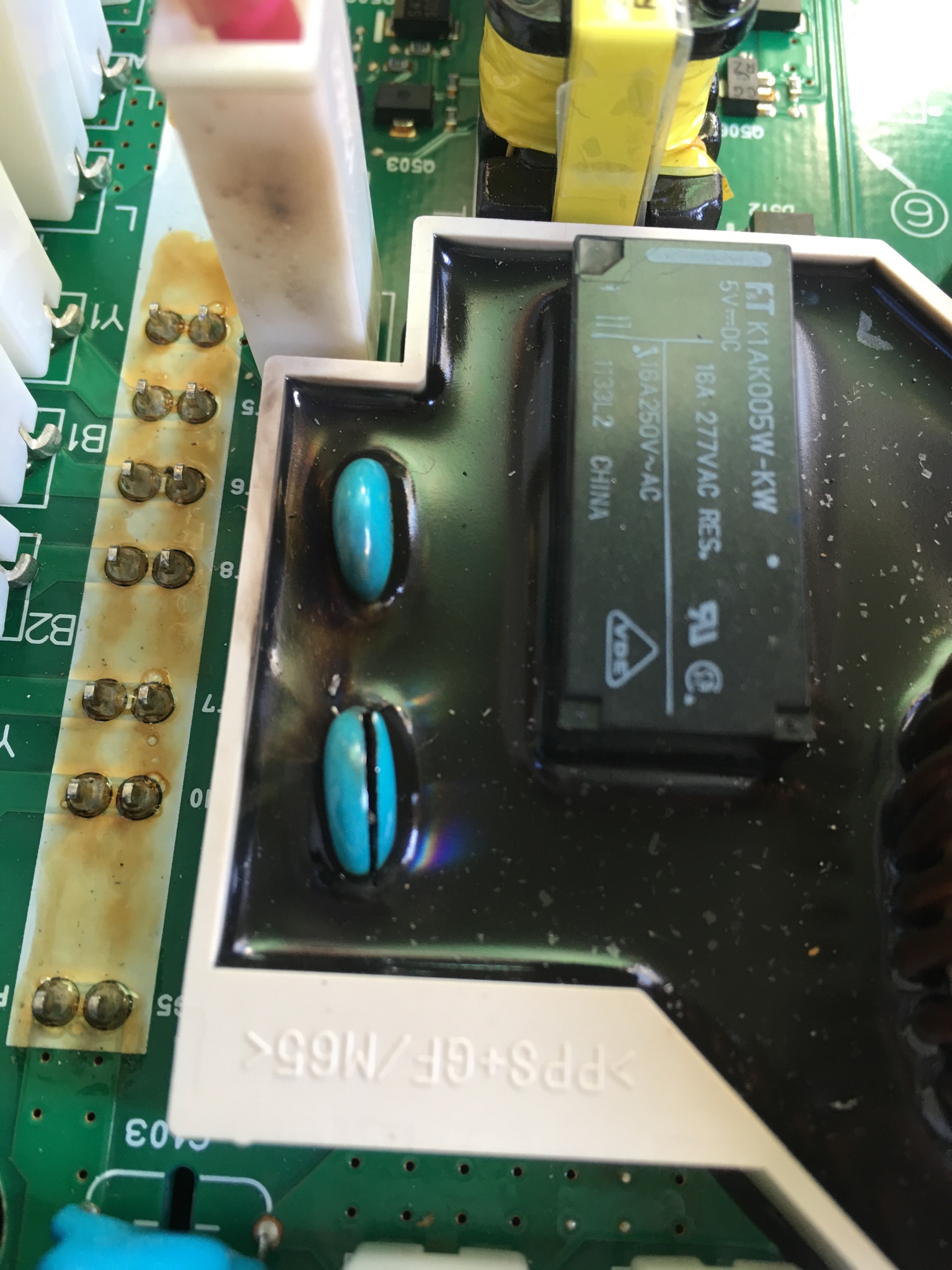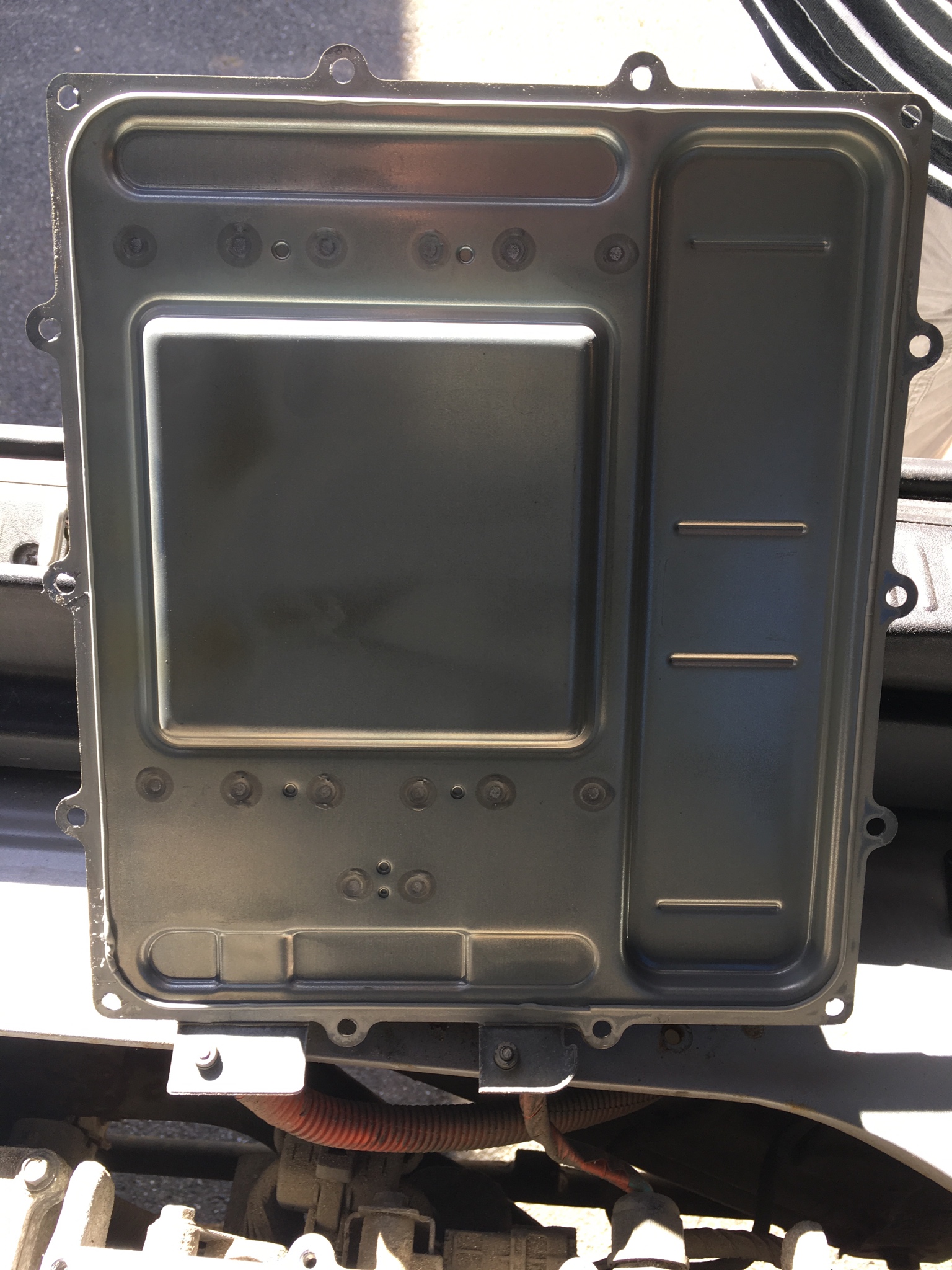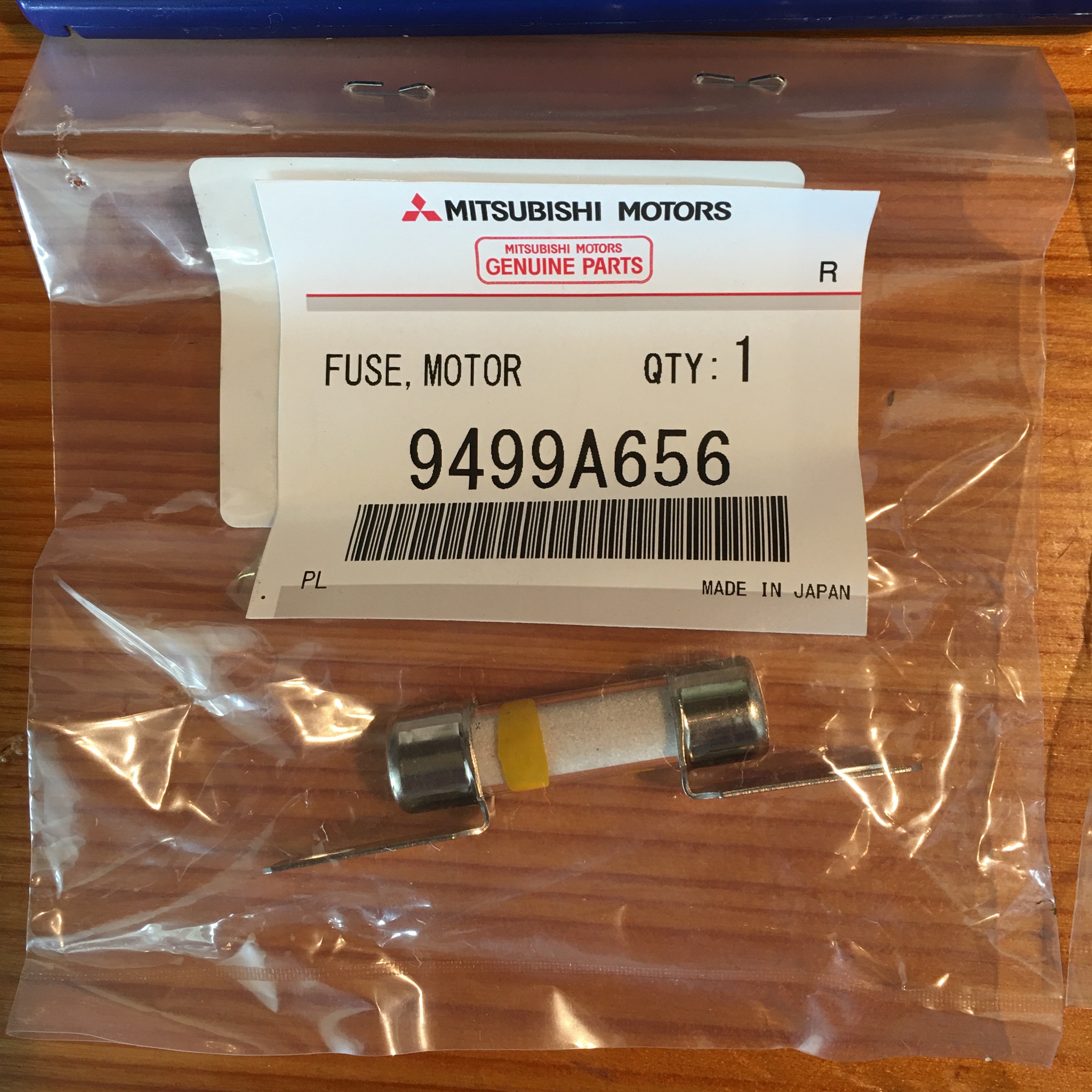misterbleepy
Well-known member
So after having an instance of my car not charging due to the shift display not showing P, which was rectified by giving the shift leader a good ”stir”, I now have a more persistent case of the car being unable to charge (in the UK, so L2 240v charging).
Symptoms:
Charge seems to initiate as normal, but fan doesn’t blow for very long, the red charging light flashes but does not go steady, the dashboard charge indicator never comes on, and the yellow car with an exclamation point lights up.
Things I have tried so far:
Using the “granny cable” rather than my regular EVSE - this makes no difference.
Changing the 12v battery - the original one was still fitted, so I have bought a new one and fitted that - but this has made no difference.
I have a multimeter, so I checked the voltage of the new battery when connected with the ignition off - 12.2v - and then had an assistant turn on the car and put it in ”Ready” - the voltage reduced to around 11.9v, so it looks like the battery is not being charged.
The car does go into ready, but shortly after two warning lights come on - the red “battery” light, and the yellow car with an exclamation point.
The car can move under it’s own power.
I do not have any code reading equipment, and have not taken the car to the dealer (I’m not sure it would make it on what charge is left, and it definitely would not make it back).
I guess the next step is to isolate the HV pack and have a look for a blown fuse and damaged snubber caps?
Is there anything else I can easily check that might point to the problem?
Symptoms:
Charge seems to initiate as normal, but fan doesn’t blow for very long, the red charging light flashes but does not go steady, the dashboard charge indicator never comes on, and the yellow car with an exclamation point lights up.
Things I have tried so far:
Using the “granny cable” rather than my regular EVSE - this makes no difference.
Changing the 12v battery - the original one was still fitted, so I have bought a new one and fitted that - but this has made no difference.
I have a multimeter, so I checked the voltage of the new battery when connected with the ignition off - 12.2v - and then had an assistant turn on the car and put it in ”Ready” - the voltage reduced to around 11.9v, so it looks like the battery is not being charged.
The car does go into ready, but shortly after two warning lights come on - the red “battery” light, and the yellow car with an exclamation point.
The car can move under it’s own power.
I do not have any code reading equipment, and have not taken the car to the dealer (I’m not sure it would make it on what charge is left, and it definitely would not make it back).
I guess the next step is to isolate the HV pack and have a look for a blown fuse and damaged snubber caps?
Is there anything else I can easily check that might point to the problem?












































